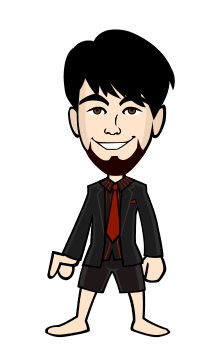My mini-vacation continues for a while this week, but there is new stuff here for you that I prepared in advance. Last Friday, in the comments on Ann Burack-Weiss's story, Consider the Cane, Jean Gogolin commented that she uses a "hiking stick" instead of a cane. That reminded of this post from 2008.
It was written by renowned geriatrician Bill Thomas who was then a columnist on this blog. He has since gone on to bigger things - his website is Changing Aging and he hosts his ongoing Age of Disruption Tour that you can find out about here.
Here is Bill's quarterstaff column from 2008.
* * *
In 1992, The New York Times took a look at the research AARP was doing on walking canes:
”Many people who use canes injure themselves because they don't do the necessary research before buying one. That is an early conclusion of a continuing study on canes sponsored by the American Association of Retired Persons.
“According to Dr. Margaret Wylde, vice president of the Institute for Technology Development in Oxford, Miss., which is conducting the study, the conclusion is based on a review of recent medical and rehabilitation literature and on more than 1,000 letters solicited from A.A.R.P. members who are regular cane users.
“Some of the most serious damage, Dr. Wylde said, can result from the cane's grip. Carpal tunnel syndrome, a painful ailment, can result from any repetitive motion like typing or using a cane.”
There are two reasons people use walking canes.
To improve balance by providing a third contact point with the ground
To redistribute weight away from an injured or arthritic lower limb
As a physician, I have never really liked walking canes. Here is one patient's experience:
”I noticed several problems within the first five minutes. My triceps were quickly fatigued as they worked to hold my weight up.
“As a result, my scapula elevated to relieve the triceps, putting strain on my rotator cuff. This "shrugging" effect could be somewhat offset by lowering the height of the handle below my waist, which served to extend the arm and reduce the amount of elevation in the shoulder.
“The handle of the cane was designed in such a way that the grip increased in broadness from the neck of the handle to the end, providing a wider, flatter surface where the palm would rest.
“Unfortunately, the result was not a more comfortable feel, but rather a terrible dorsiflexion combined with ulnar deviation in the wrist and a bruised hamate bone where the weight was concentrated. I felt tweaks of pain all day long in my wrist and shoulder which continued into the night, long after I had ended my experiment.
“Aside from design problems, there were several functional problems as well. For instance, each step was accompanied by a jarring vibration which was transferred up the entire length of the arm every time the rubber cane tip struck the concrete. The swing of the cane often had to be initiated by a flick of the wrist, resulting in a constant repetitive oscillation between ulnar and radial deviations.
“Furthermore, adjusting the cane to the correct height was difficult due to a simultaneous push of a button and pull of the shaft requiring relatively dexterous fingers; arthritic hands would be pitifully ineffective.”
PREDICTION! Elders of today and tomorrow are going to give up on the cane, abandoning it in favor of the quarterstaff.




